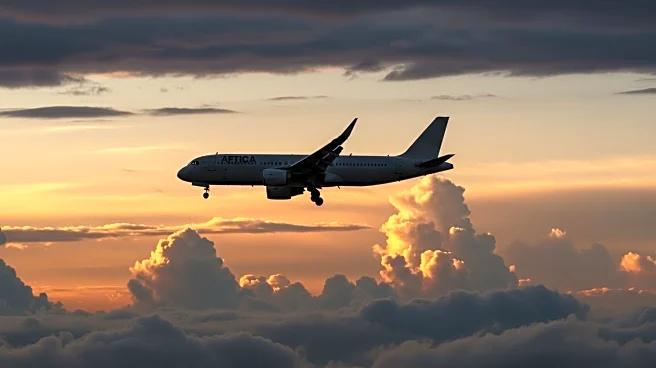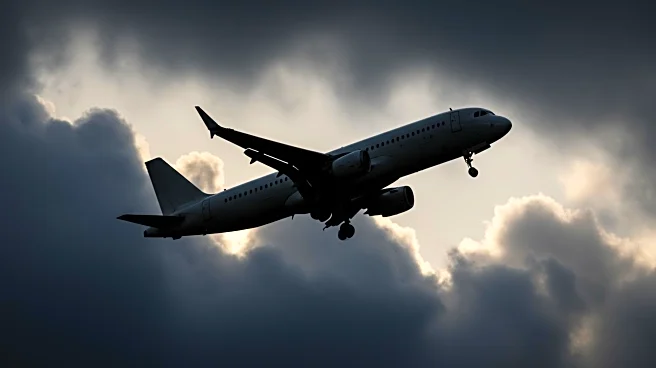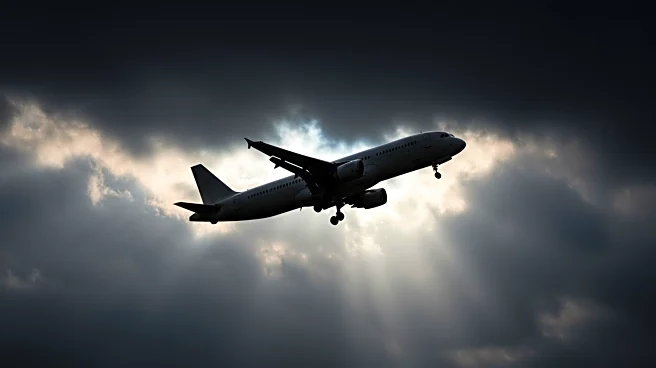What's Happening?
Spirit Airlines has issued a warning regarding its financial stability, indicating that it may not survive without raising additional funds. The airline, which emerged from Chapter 11 bankruptcy in March, has been facing ongoing industry challenges, including weak demand for domestic leisure travel. In its recent SEC filing, Spirit Airlines highlighted significant financial losses, with a total of $245.8 million in the second quarter of 2025. The company has taken measures such as scrapping underperforming routes and making capacity cuts, but these efforts have not been sufficient to reverse its financial difficulties. The airline anticipates that the challenging market conditions will persist until at least the end of the year.
Why It's Important?
The potential insolvency of Spirit Airlines could have significant implications for the U.S. airline industry and consumers. If Spirit Airlines were to collapse, it might lead to reduced competition in the low-cost carrier segment, potentially resulting in higher ticket prices from competitors like Frontier, JetBlue, and Southwest. This situation underscores the broader challenges faced by airlines in maintaining profitability amid fluctuating demand and economic pressures. The airline's struggles also reflect the ongoing affordability crisis in the U.S. tourism industry, where high costs and resort fees are impacting both travelers and residents.
What's Next?
Spirit Airlines will need to explore options for raising additional funds to satisfy creditors and ensure its survival. This may involve seeking new investors or restructuring its financial obligations. The airline industry and financial analysts will be closely monitoring Spirit's actions and any potential impact on market dynamics. Additionally, stakeholders such as competitors and consumer advocacy groups may react to changes in ticket pricing and service availability if Spirit Airlines is unable to stabilize its operations.
Beyond the Headlines
The financial struggles of Spirit Airlines highlight broader economic issues within the U.S. tourism sector, where high costs are affecting both domestic and international travelers. This situation raises questions about the sustainability of the current tourism economy, which relies heavily on maximizing revenue from visitors. The affordability crisis is not only impacting tourists but also residents in major cities, where economic forces are making living conditions increasingly challenging. A reevaluation of tourism practices and policies may be necessary to address these systemic issues.












